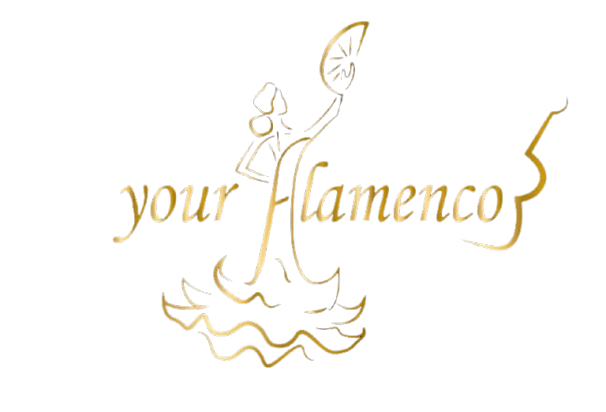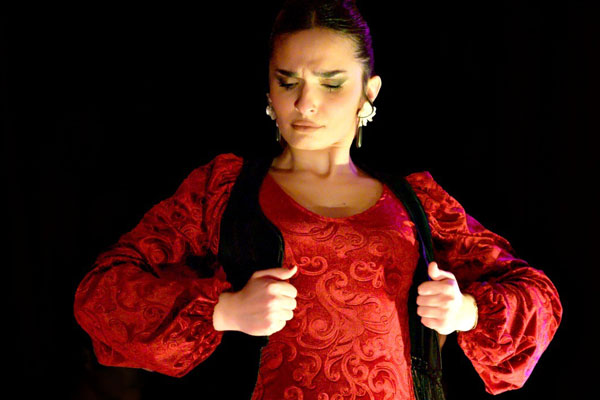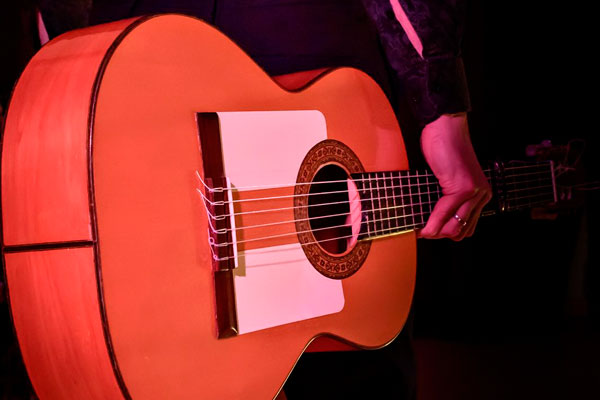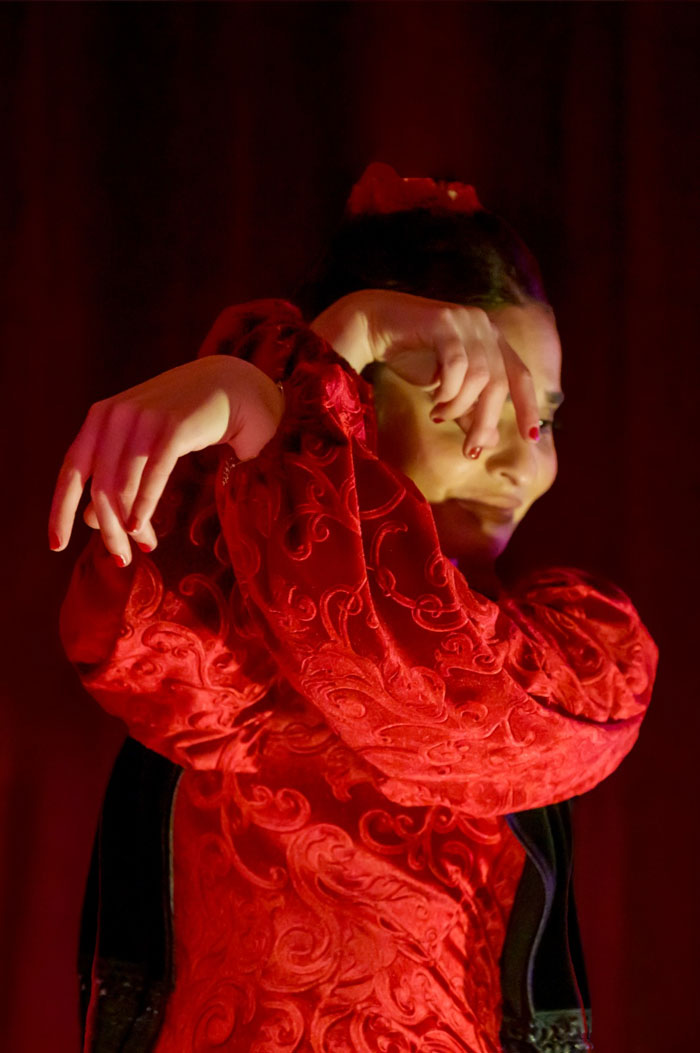Flamenco, born from the soul of southern Spain, has traveled a long road from its roots in Andalusia to becoming a global cultural phenomenon. Far from being limited to cante jondo, passionate dance, and the unmistakable strumming of the Spanish guitar, today flamenco is a constantly evolving art form, blending with cultures, genres, and emotions from around the world.
Origins with Duende
Flamenco emerged between the 18th and 19th centuries in Andalusia, as the result of coexistence and influence among various cultures: the Roma (Gypsies), Moors, Jews, and Castilians. It was an expression of pain, resistance, and freedom. For a long time, it remained a marginalized art form, until the 20th century, when it began to receive recognition as one of the jewels of Spain’s cultural heritage.
From the Tablao to International Theaters
in the 20th century, figures like Camarón de la Isla, Paco de Lucía, and Antonio Gades brought flamenco to international stages. It became professionalized, stylized, and began to be integrated into major theaters and festivals. From Japan to New York, flamenco stopped being a “local” art and became a universal form of expression.
Japan, for example, has become one of the countries with the most flamenco schools outside of Spain. In cities like Tokyo and Osaka, thousands of Japanese people study flamenco dance with devotion, emotionally connecting with music that, though foreign, resonates deeply with them.
Fusion and New Forms
Over time, flamenco has embraced fusion. In recent decades, it has entered into dialogue with jazz, rock, electronic music, pop, and even hip hop. Artists like Rosario Flores, Ojos de Brujo, Rosalía, and Niño de Elche have reinterpreted its roots, creating a contemporary flamenco that defies labels.
This evolution has not been free from criticism. Purists defend the essence of traditional flamenco, while others celebrate its ability to adapt, grow, and reinvent itself without losing its soul.
Flamenco in Latin America and the Rest of the World
In countries like Mexico, Argentina, Colombia, and Chile, flamenco has taken root as an artistic language embraced with passion. In the United States, there are vibrant flamenco communities, both among Spanish descendants and local artists who have fallen in love with the genre.
In Europe, France has been an important stronghold for contemporary flamenco, with festivals and artists who promote it and blend it with music from the Mediterranean and North Africa.
Flamenco Today: Digital, Inclusive, and Global
Social media and digital platforms have democratized flamenco. Dancers, guitarists, and singers can now showcase their art to the world from anywhere. Access to tutorials, concerts, and online classes has allowed new generations—inside and outside Spain—to keep this tradition alive.
Moreover, contemporary flamenco is opening itself to new voices: women leading companies, racialized artists bringing fresh perspectives, and LGBTQ+ individuals finding in flamenco a powerful channel of expression.
Conclusion: The Soul of Flamenco Is Universal
Flamenco has proven that its essence is not confined to one region or one style. Its strength lies in its ability to express the deepest aspects of the human soul—pain, passion, struggle, and joy. And that essence resonates all over the world.
Today, flamenco is not only a symbol of Spanish identity, but a living, evolving, and more universal than ever heritage of humanity. Because wherever there is true emotion, there is flamenco.”





